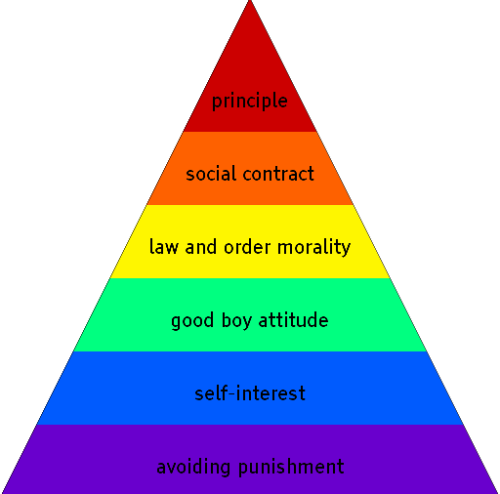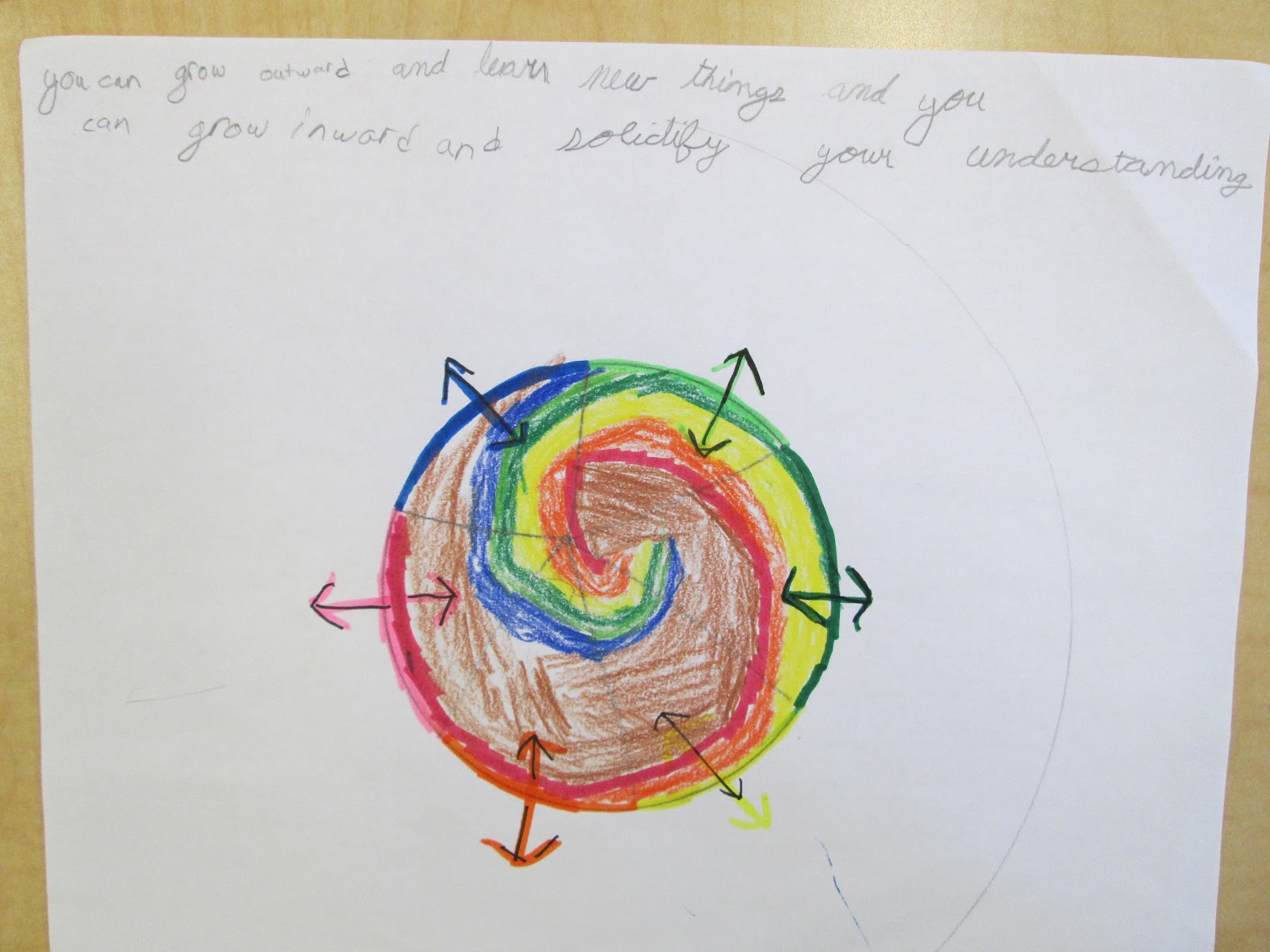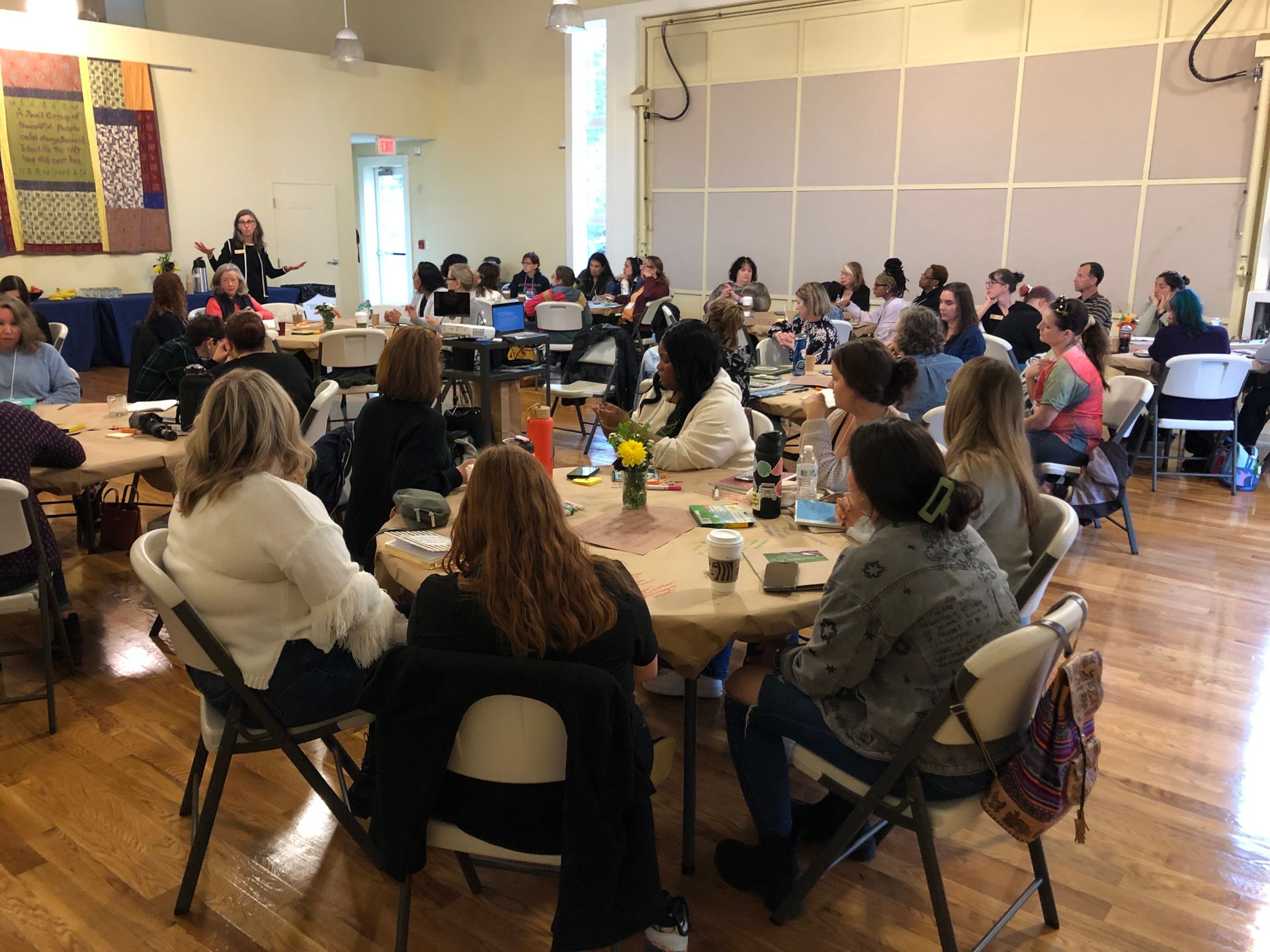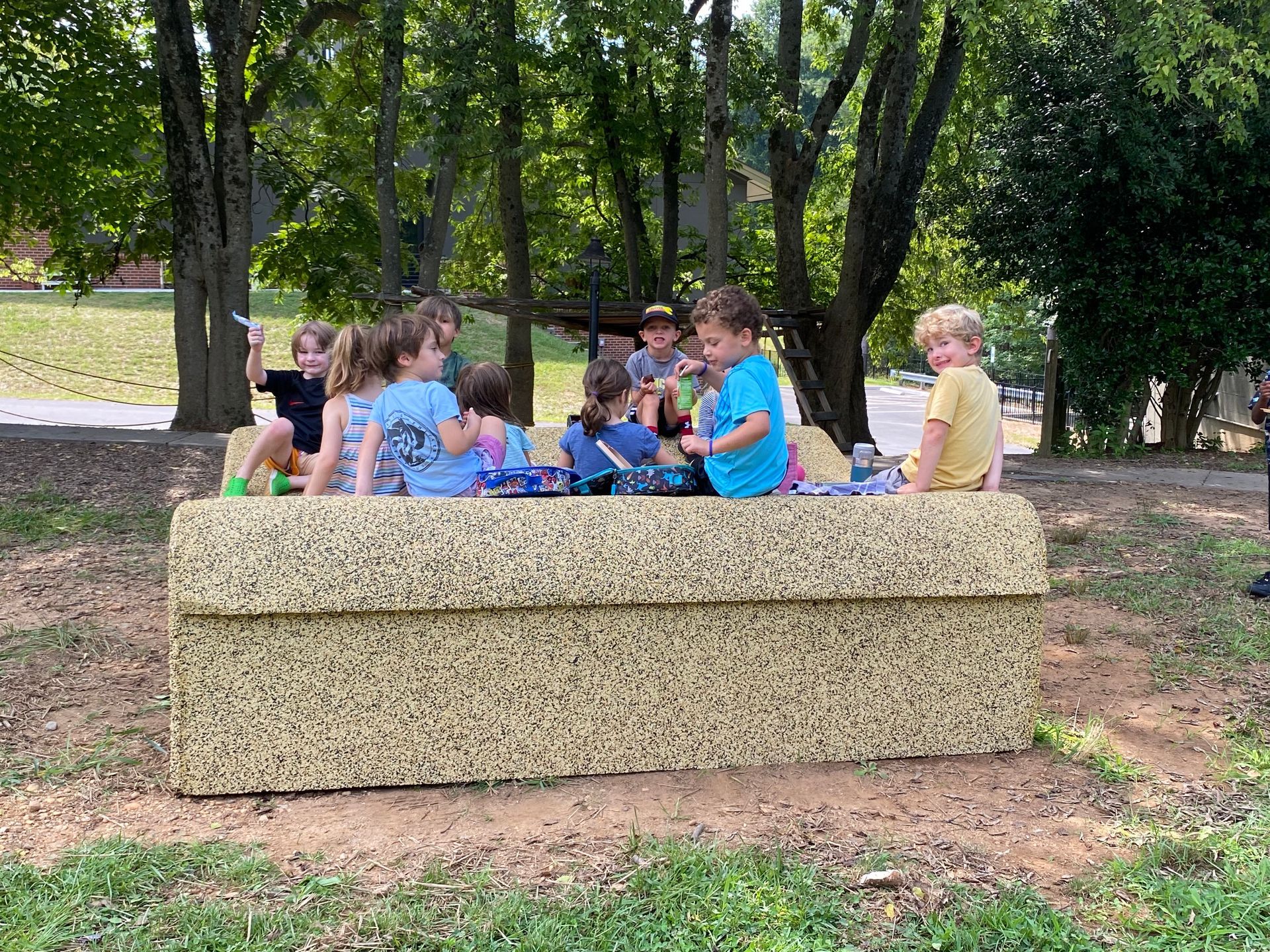Learning and Thinking
On the first day of school, I introduced the children to Erikson’s stages of moral development as a part of our community building activities and our study of relationship. I showed them the common triangle visual representation as shown below:
(please note that there are several presentations of this theory, and I chose a child friendly model)
We talked about what this means for people as they work together and they grow up. It seemed to the class overall that this was a set of stages that people hopefully passed through, leaving the larger areas of the pyramid behind. So the pyramid could also be looked at as the rough proportional number of people that are at each stage. I did point out that most adults never make it to the top, although the class counter proposed that the world would be better if more people were higher. At the end of their discussion, there was consensus that perhaps the best state would be being at a combination of the final two stages. One would act according to one’s principles, but one would check with the larger group and consider how their principles were affecting others. Hitler was given as an example of a person who may have possibly been acting according to his principles, but the consequences were horrible for millions and millions of people.
Several weeks later, I presented Bloom’s Taxonomy to the class. I had been planning to from the beginning of the year. The immediate impetus was seeing how many people didn’t clearly answer the “why” question on the first math assessment. I did not know how interested they would be or how long our conversation would last. I again chose a triangular graphic to present to the group. They had notes in their project notebooks about our previous discussion.

Please notice that I used the original Bloom’s taxonomy, not the revised. That will come up later.
I showed the graphic to the class, and gave a brief description of what the different words meant, or what kinds of thinking or job a person might be doing at that level.
Then I asked them how they were the same-
“they are both sets of stages,”
“you probably move up as you get older,”
“you would have to try to move up”
Then I asked how they were different-
“one is about being a good person, the other is more about thinking”
“but thinking would help you to be a good person”
there were several more good responses, then one child said:
” in the stages of moral development, you want to go up and stay up, in Bloom’s taxonomy you would have to keep going up and down. You don’t understand something if you don’t know what it is, and you can use it.”
This sparked a whole new layer of discussion-
“if you don’t try hard and practice, you can get worse at some of these skills. You can get better at them if you work.”
“in Bloom’s taxonomy, you have to be using more than one level at once. You have to have knowledge to understand, you have to understand to analyze.”
During this time, there was just bit of discussion about whether or not evaluation was really the highest stage.
A few comments were made that the triangle is perhaps not the best way to explain Bloom’s taxonomy. 2 students took markers and went to the board to draw their versions. After their explanations, and the class’ comments on their models, I asked if everyone would like to draw their own representation. Everyone wanted to, so a couple of days later we came back to it. At first, we had to re-establish the conversation. However, it turned out that the thinking time had been helpful. Many students had more ideas than they had had previously. We got paper and colored pencils and markers. The class could talk about Bloom’s Taxonomy at tables as they diagrammed. When a student felt they were finished, they were to show the drawing to someone else and have the someone else try to explain what the someone else thought it meant. After this feedback , they usually added more to their representation.
A few class members are still working and elaborating, but most are done, at least for now. Here are some of the finished representations.
Notice that all of them share some sense of development, and a sense of using more than one level at a time.
Also there is a sense of building- the more you analyze, the more knowledge you can organize and retain, the more you have to analyze, etc.
The post Learning and Thinking appeared first on Sabot at Stony Point.
SHARE THIS POST




